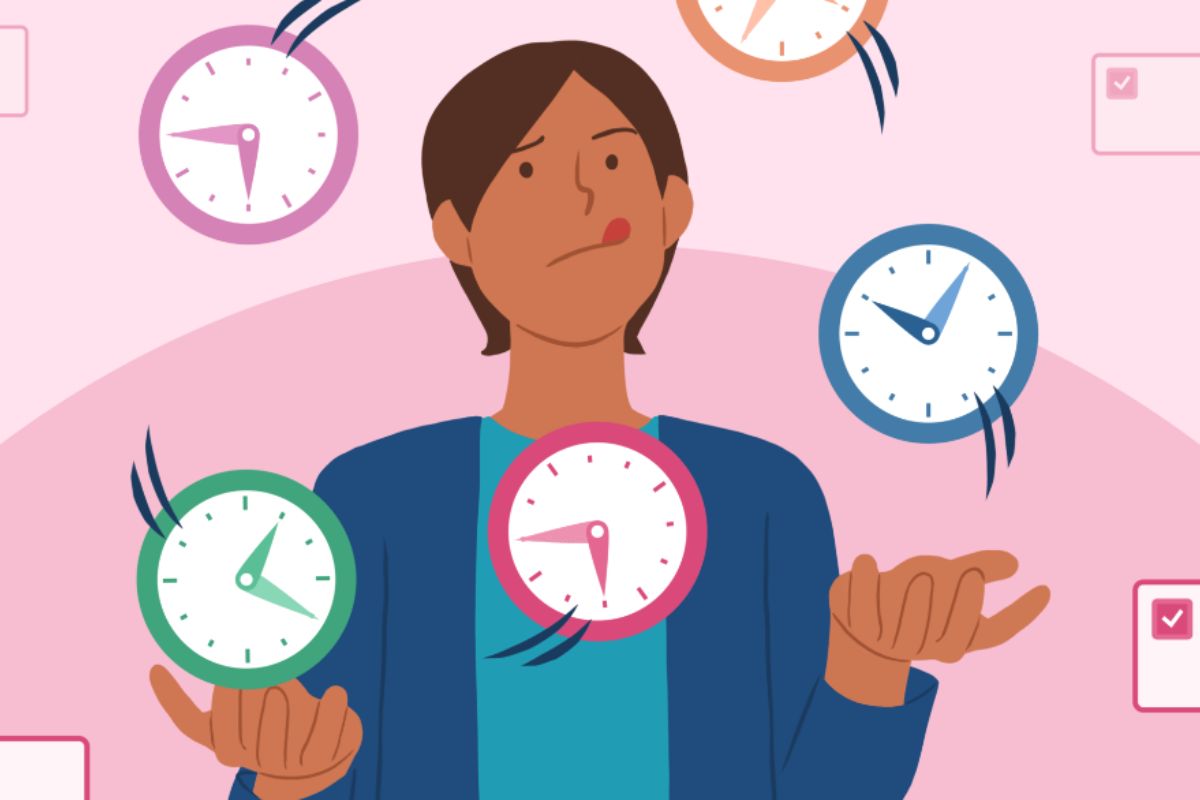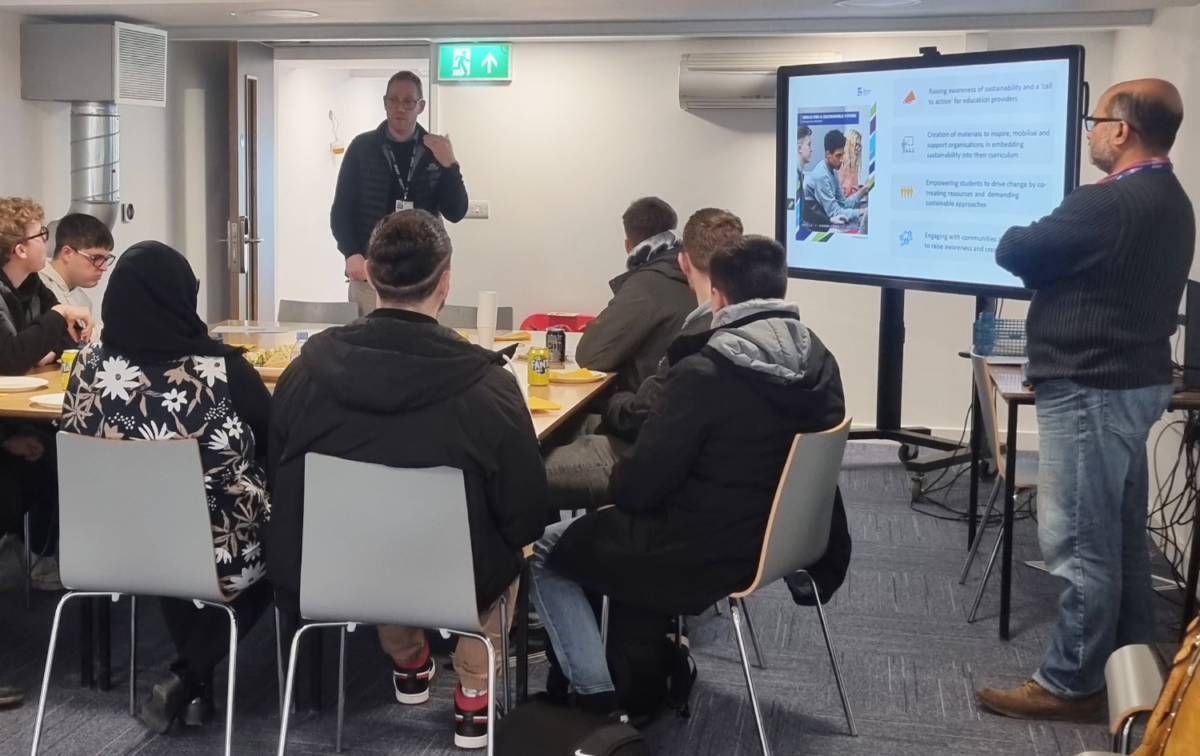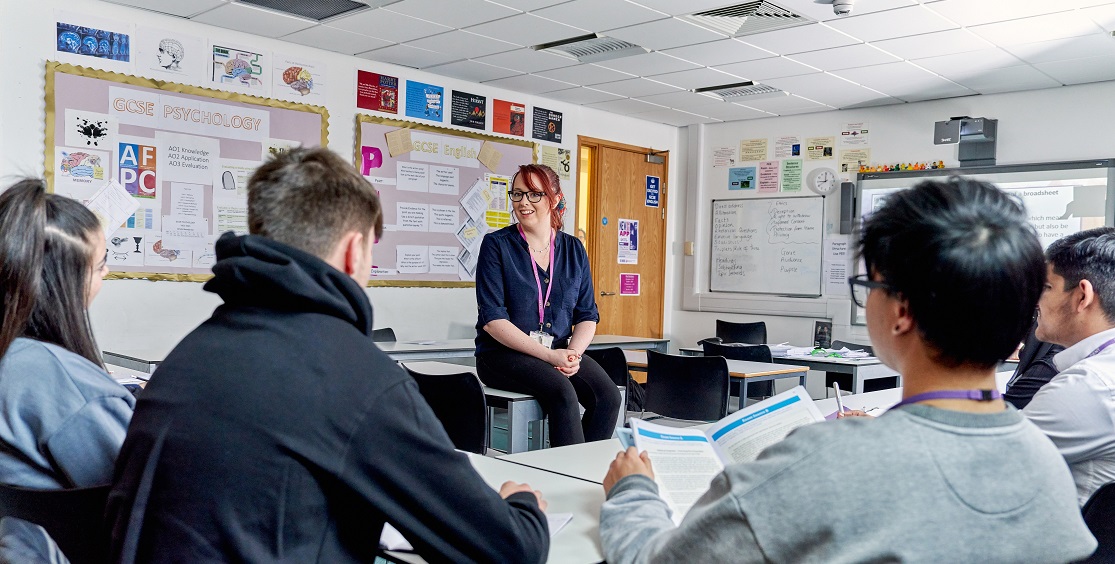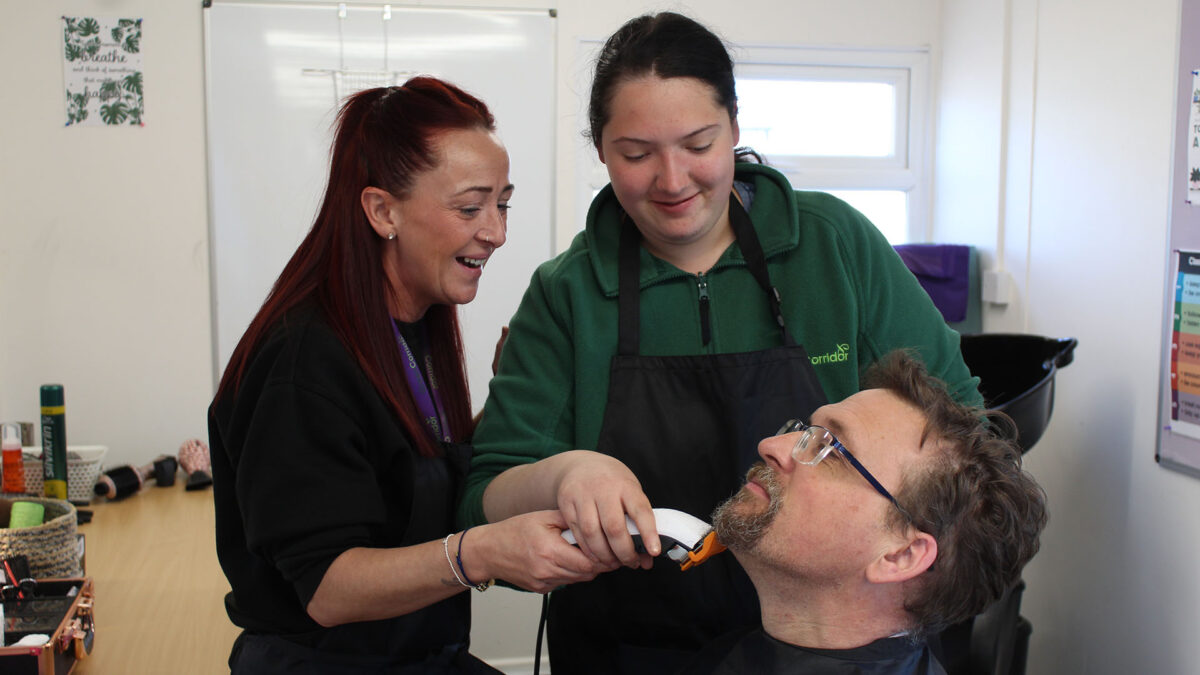Strategies for Efficient Project Management in Lifelong Learning

In the world of ongoing learning, where individuals continually seek new skills and knowledge, efficient project management strategies are crucial in ensuring steady progress and successful outcomes.
Whether embarking on a self-directed learning journey or pursuing structured courses, effectively managing learning projects can significantly enhance the acquisition and application of skills.
This blog will discuss the key strategies that empower lifelong learners to navigate their educational endeavours with finesse, from setting clear objectives and creating well-structured schedules to employing focused work techniques and embracing reflective practice.
By mastering these project management techniques, individuals can maximise their learning potential and achieve their goals in the realm of lifelong learning.
Setting Clear Learning Objectives and Milestones
Objectives define what you intend to achieve, while milestones break down these objectives into smaller, manageable steps. Aligning these milestones with your learning journey ensures that your project contributes meaningfully to your growth and progress.
This strategic approach provides direction, motivation and a sense of accomplishment as you navigate your lifelong learning endeavour. Here are ways to set your objectives and milestones for your project:
1. Defining Specific Learning Goals for the Project
Clear learning objectives form the foundation of a successful lifelong learning project. These objectives outline what you aim to achieve through the project and provide a sense of direction.
Evaluate the knowledge and skills you want to acquire, the outcomes you hope to realise, and the relevance of these goals to your learning journey. By articulating these objectives, you establish a roadmap that guides your efforts throughout the project.
2. Breaking Down Objectives into Smaller, Achievable Milestones
Once you have your overarching learning objectives, the next step is to break them into smaller, manageable milestones. These milestones represent significant progress points within your project.
The project becomes less daunting and more feasible when goals are divided into smaller components. This approach also allows you to track your advancement and celebrate successes as you complete each milestone, fostering a sense of accomplishment.
3. Aligning Milestones with the Overall Learning Trajectory
In the context of lifelong learning, projects are often part of a broader educational path. It’s crucial to align your project milestones with your overall learning trajectory. This alignment ensures that each project contributes meaningfully to your skillset and knowledge base.
Consider how each milestone builds on previous achievements and prepares you for future learning endeavours. This interconnectedness enhances the cohesiveness and relevance of your lifelong learning journey. By ensuring that your milestones align with your trajectory, you optimise the impact of your efforts and maintain a sense of progression.
Creating a Time-Effective Project Schedule
Effective time management of your lifelong learning project requires the creation of a well-structured project schedule. This process involves several key steps that contribute to optimal time management:
1. Estimating the Time Required for Each Project Phase
Before you begin, assess the complexity and scope of each project phase. Estimate how much time you’ll need for research, planning, execution and other relevant stages. This estimation helps you allocate appropriate time slots and enables you to avoid overcommitting or rushing through crucial elements of your project.
2. Allocating Dedicated Time Slots for Project Work in the Schedule
Once you’ve gauged the time requirements for each phase, allocate specific time slots in your schedule dedicated solely to project-related activities. These time blocks create focused windows for you to make consistent progress.
Incorporating these segments into your daily schedule will ensure that your project stays on track and that other obligations do not interfere with your allotted project time.
3. Incorporating Flexibility to Accommodate Unexpected Challenges
While planning your schedule, you must acknowledge that unexpected challenges and disruptions can arise. To address this, build in a degree of flexibility. Leave gaps in your program or designate contingency periods to handle unforeseen issues without derailing your progress.
This adaptable approach ensures that setbacks are manageable for your project’s overall timeline and that you can adjust as needed while maintaining momentum.
Implementing the Pomodoro Technique for Focus
1. Introducing the Pomodoro Technique and Its Benefits
Francesco Cirillo created the Pomodoro Technique, named after the tomato-shaped kitchen timer he utilised in college. This technique capitalises on the brain’s ability to maintain focus for shorter durations.
Concentrating intensely on a task for a set period, such as 25 minutes, followed by a short 5-minute break, can enhance concentration, motivation, and overall productivity. This technique helps prevent burnout and promotes a sense of accomplishment.
2. Setting Focused Work Intervals (Pomodoro’s) and Short Breaks
To implement the Pomodoro Technique, designate a specific task you want to work on and set a timer for the chosen interval, typically 25 minutes. During this time, fully immerse yourself in the study, avoiding distractions and multitasking.
Once the timer rings, rest and recharge for a brief 5-minute break. After completing four Pomodoros, take a more extended leave of 15–30 minutes. These structured intervals maintain your mental sharpness and prevent fatigue.
3. Applying this technique to maintain concentration and productivity
The Pomodoro Technique is particularly effective in enhancing concentration and productivity. It combats procrastination by breaking daunting tasks into bite-sized chunks, making them more approachable.
Additionally, the time pressure encourages you to work efficiently and eliminate distractions during the Pomodoro intervals. Regular breaks prevent mental fatigue, helping you sustain focus over extended periods.
Utilising Reflective Practice and Iterative Improvement
In lifelong learning, reflecting on your progress and iteratively improving your methods is a powerful approach to enhancing your projects and skills. Here’s how you can effectively use reflective practice and iterative improvement:
1. Reviewing Progress and Outcomes at Regular Intervals
Regularly assess your project’s progress and outcomes by setting aside dedicated moments for reflection. Look back on the work you’ve done, the milestones you’ve achieved, and the challenges you’ve faced.
This assessment provides valuable insights into what’s working well and what might need adjustment. You maintain a clear understanding of your project’s trajectory by reviewing at consistent intervals.
2. Identifying Areas for Improvement and Adjustments
During your reflective sessions, pinpoint areas within your project to improve. This could involve recognising patterns of inefficiency, areas of weakness or elements that aren’t aligning with your original vision. By identifying these areas, you create opportunities for enhancement and growth as you move forward.
3. Incorporating Feedback into the Project Plan for Continuous Enhancement
Feedback from peers, mentors or your observations is a valuable resource for improvement. After reviewing your project’s progress and identifying areas for enhancement, actively integrate the feedback you’ve received.
Adjust your project plan to accommodate the suggested changes and refine your methods to align more closely with your learning objectives. This iterative process ensures that your project evolves and becomes increasingly influential.
Conclusion
In the journey of lifelong learning, the strategies for efficient project management serve as indispensable tools, enabling individuals to navigate the complexities of skill acquisition and personal growth. Learners can chart a steady course towards success by setting clear learning objectives, breaking them into manageable milestones, and creating well-structured schedules.
Incorporating techniques like the Pomodoro Technique fosters focused productivity, while reflective practice and iterative improvement ensure constant refinement. As we harness these strategies, we empower ourselves to make the most of our time, optimize our efforts and continually evolve in pursuing lifelong learning excellence.











Responses